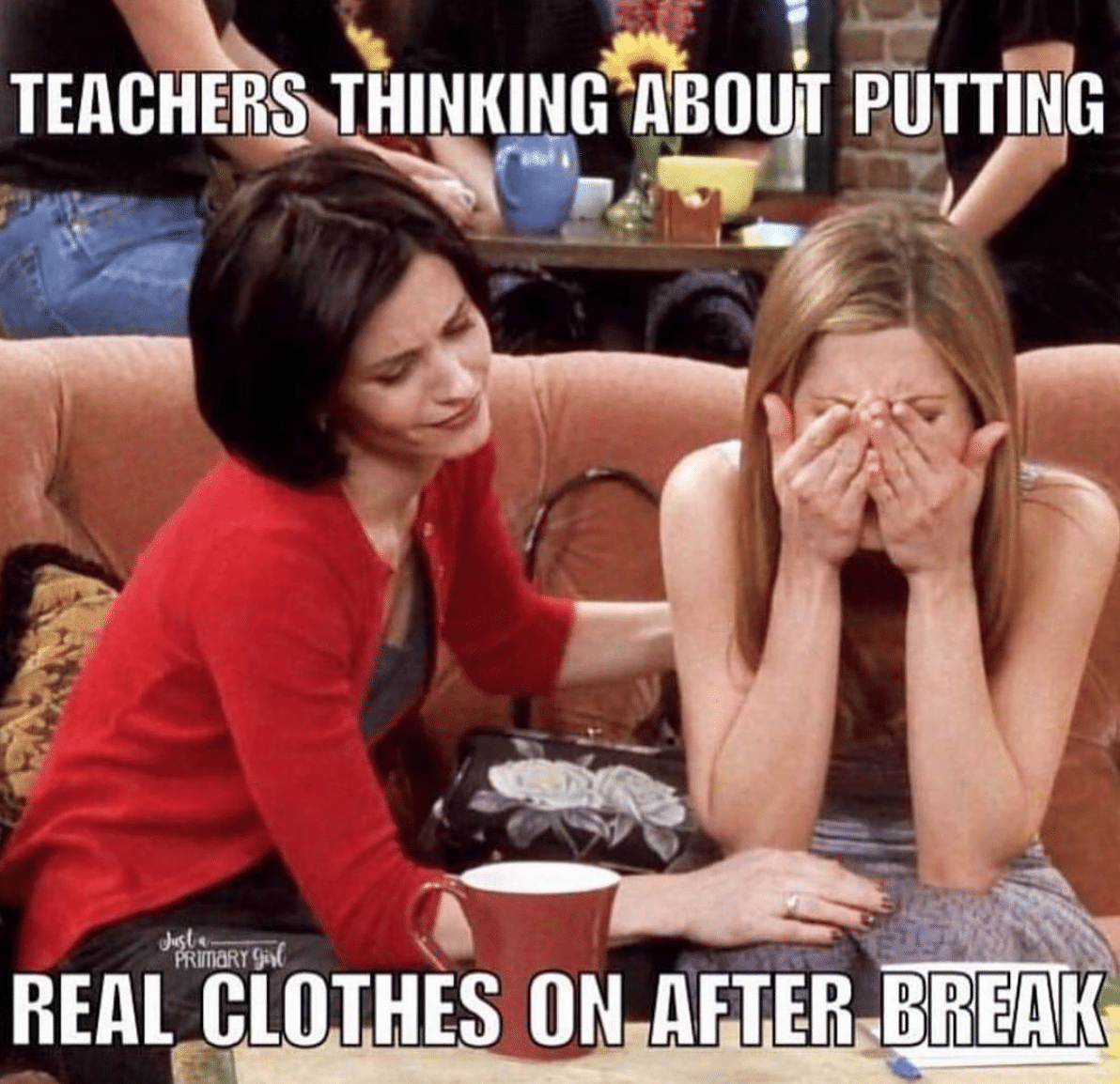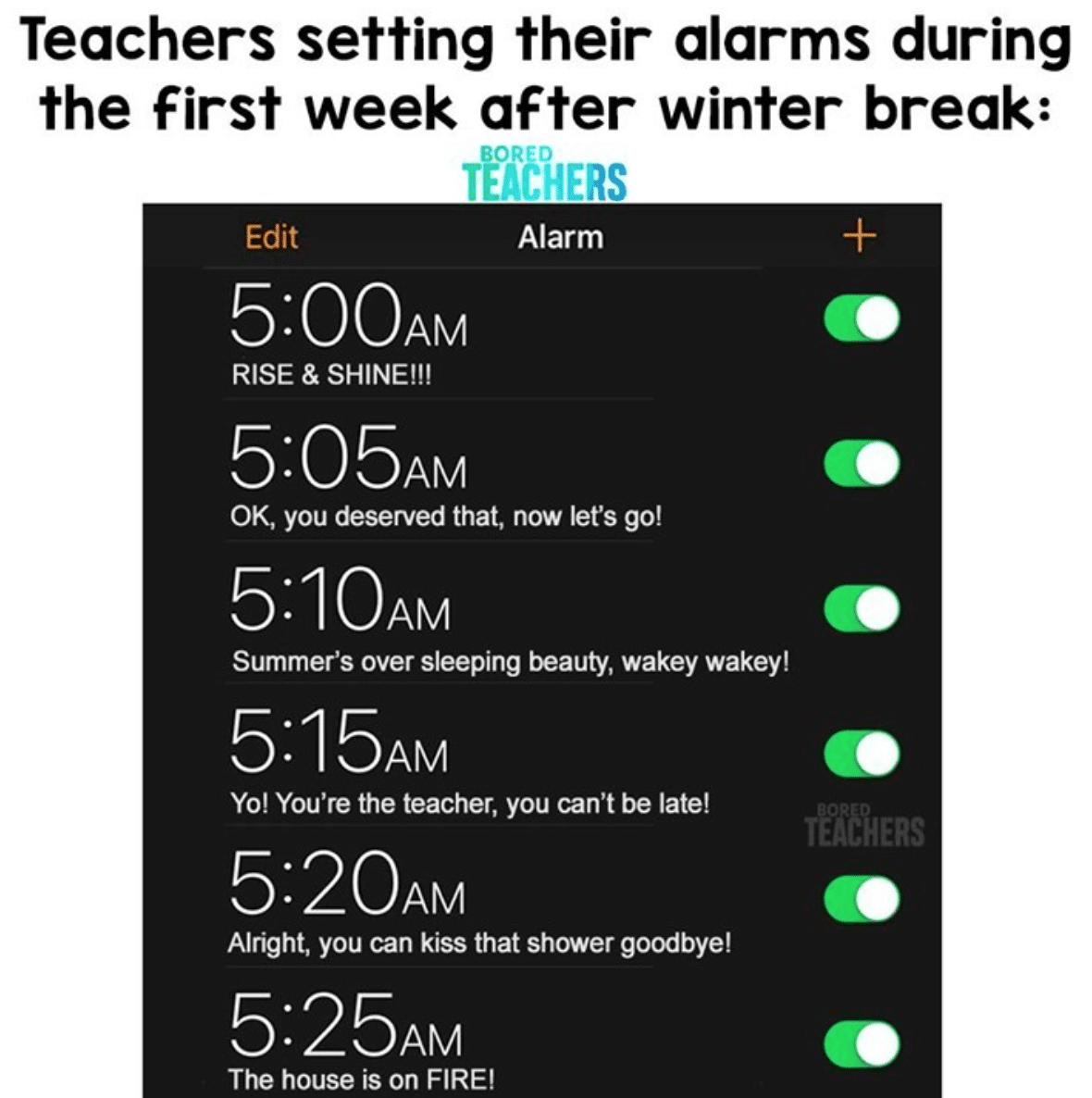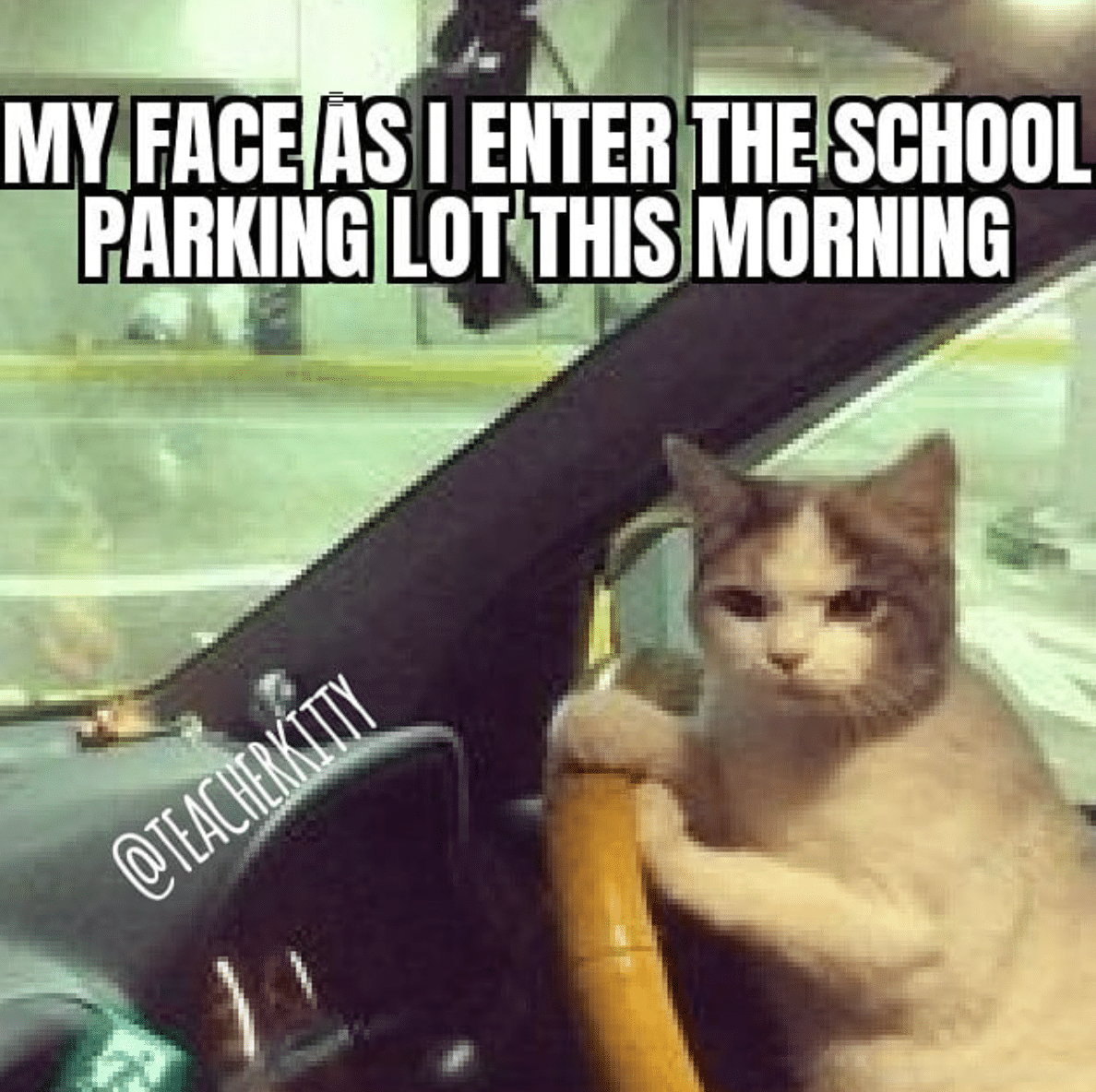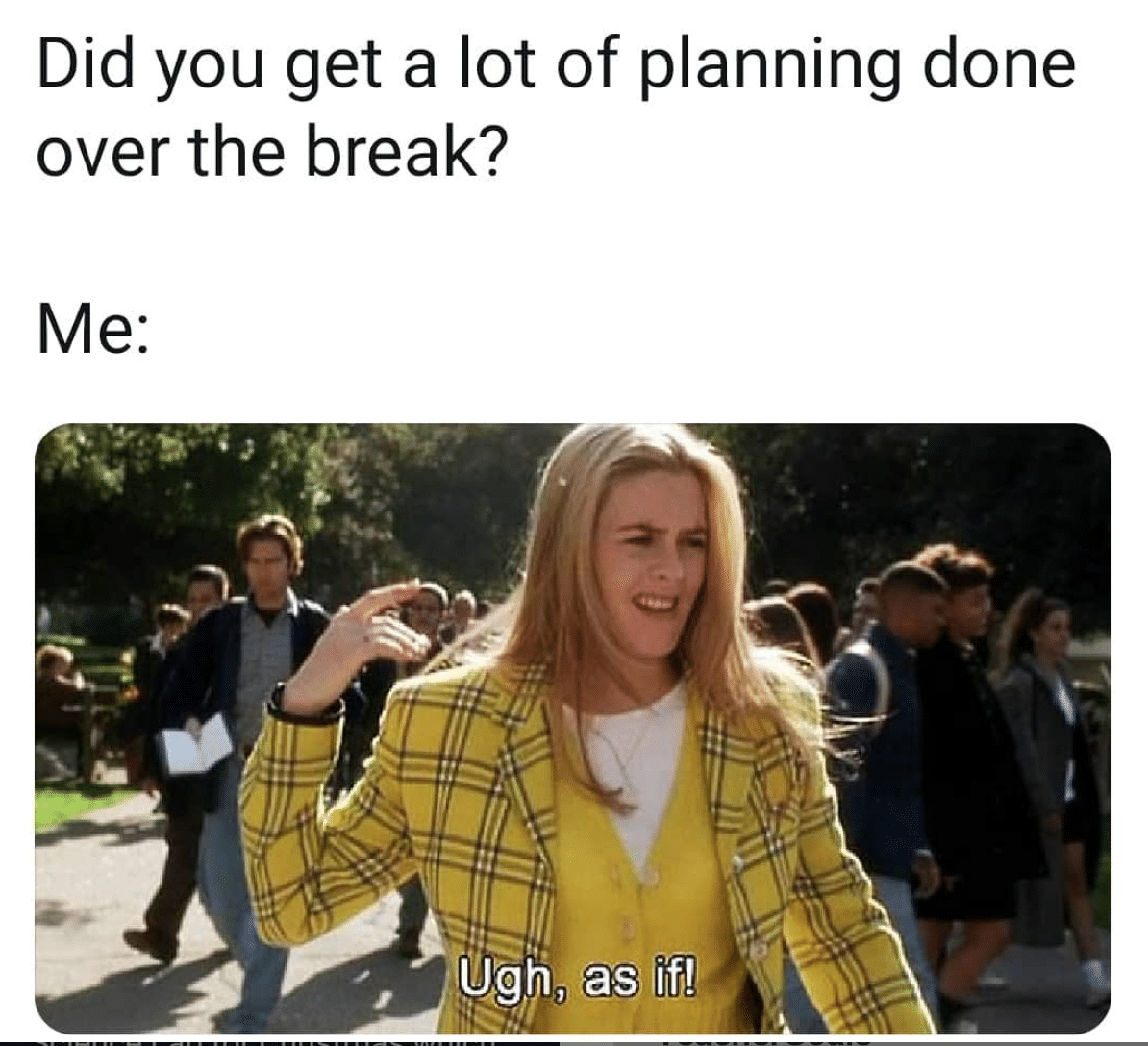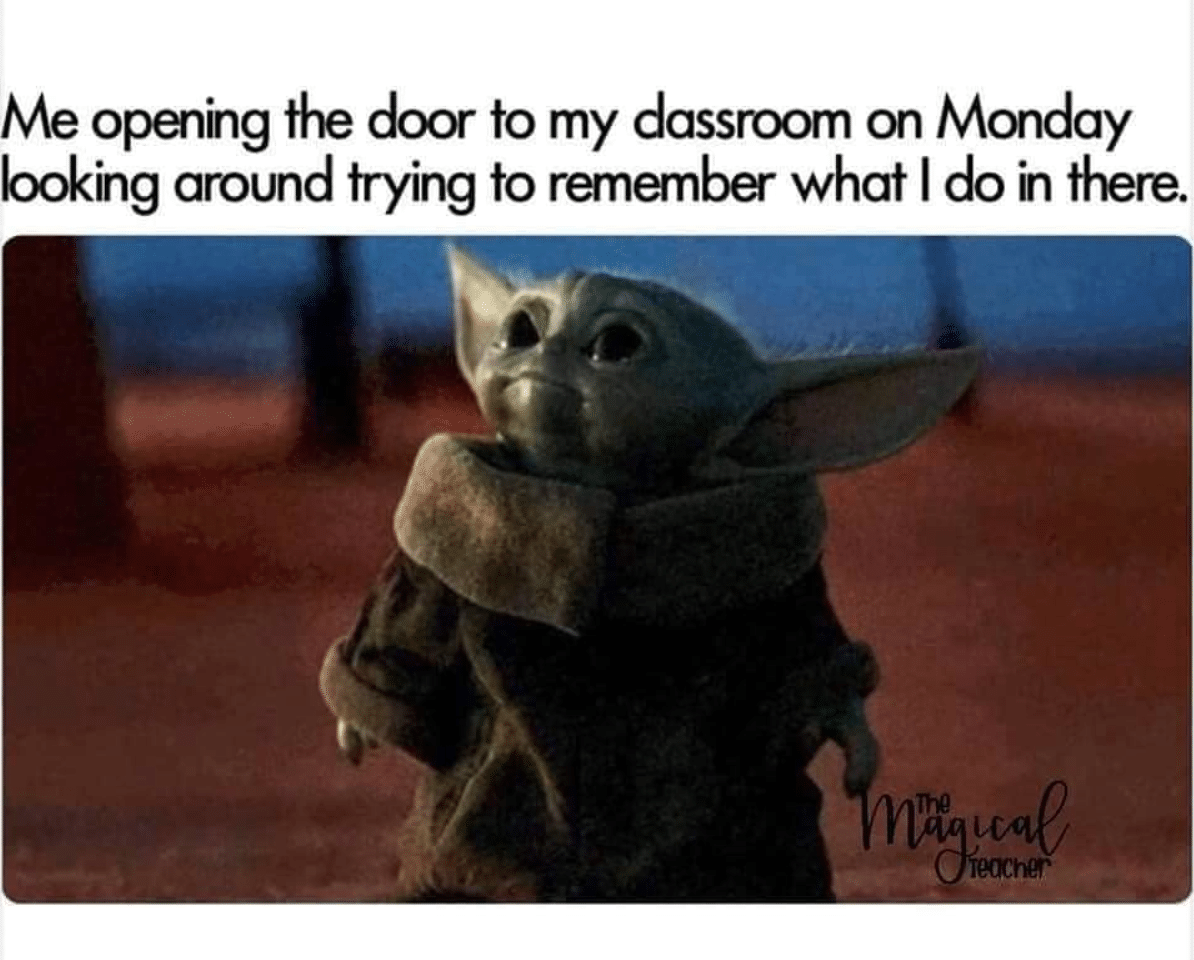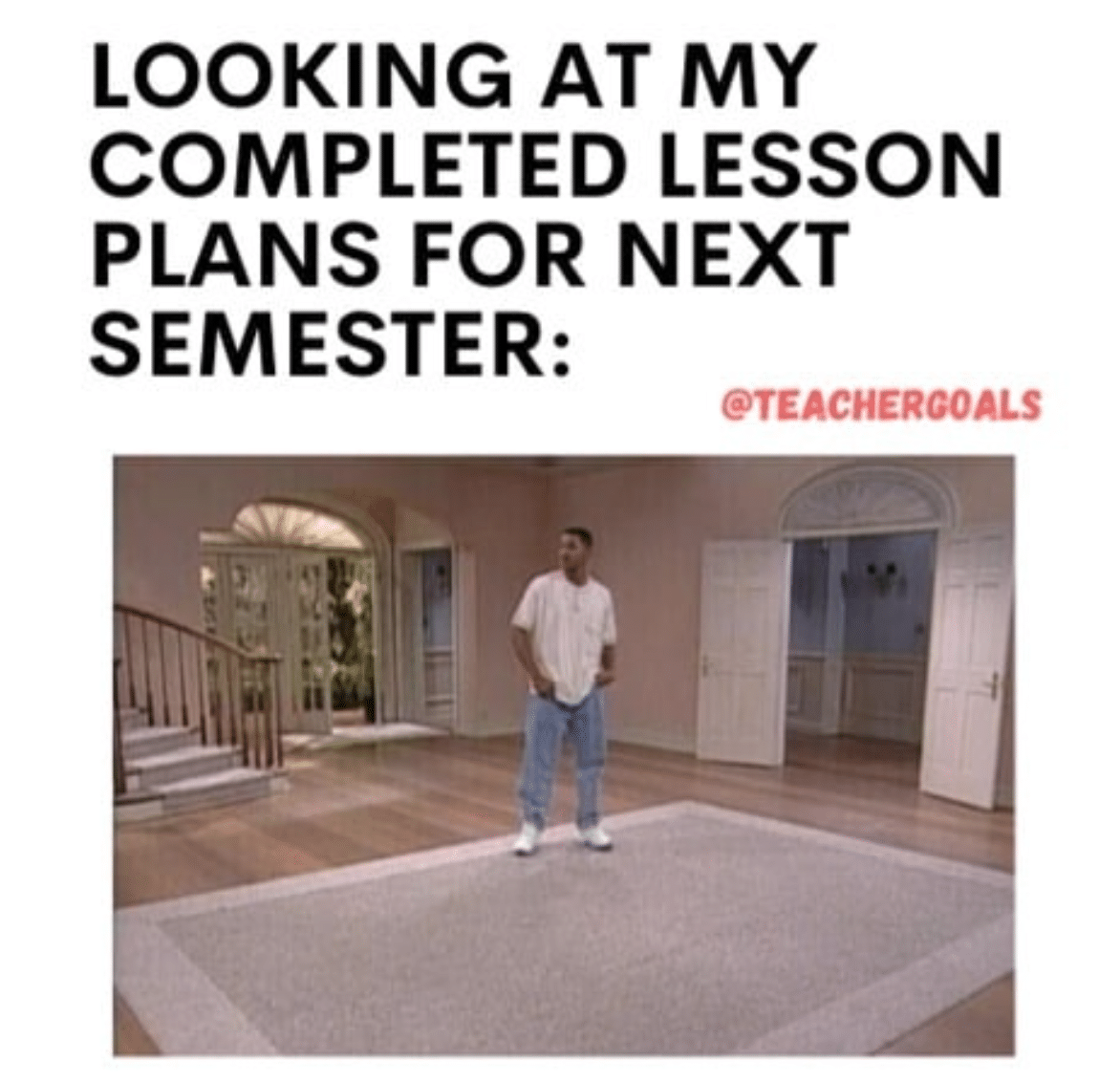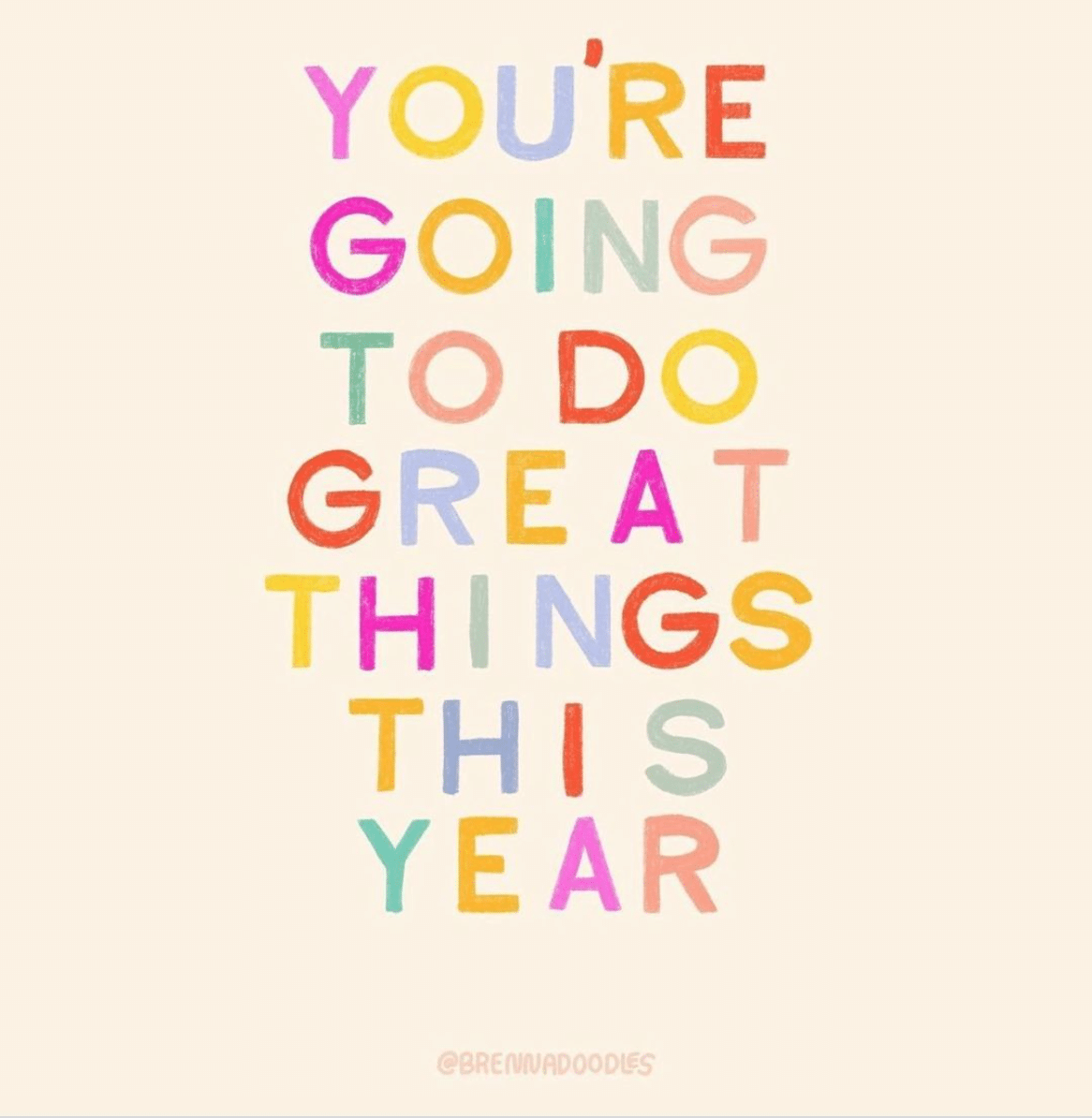
by California Casualty | Finances, Good to Know |
Was one of your New Year’s resolutions to start saving money, or to start spending a little more wisely? The best way to save money for you and your family’s future is to create a budget.
Most people cringe at the thought of sitting down and going over their finances, but budgeting doesn’t have to be scary. Even if you think you are in good financial standing you may be shocked when you sit down and go through the numbers. A budget will help you monitor your flow of money and get rid of unnecessary spending, saving you money each month, so what’s there to lose?
Here are 7 easy steps to begin setting your budget.
Step 1. Sit Down Together
Get together with your significant other to calculate the total amount of money you each have coming in each month. From there you will be able to more accurately know where you can cut spending and start saving.
Step 2. Find Out Your Essential Spending Costs
When you begin to sit through and work out your family’s budget, it’s important to start by writing out all of the essential spending your family does each month. This will include payments for your mortgage, rent, bills, insurance, auto loans, student loans, schooling, daycare, food, prescriptions, and essential groceries and clothing.
Step 3. Find Out Your Non-Essential Spending Costs
Next, you will write all costs that may not be essential, but you would like to keep putting money towards them each month. If you have any non-essential spending that you don’t use anymore this would be a good time to start cutting that spending out to help you save. Non-essential monthly spending could include just about anything, like streaming services- Netflix, Hulu, Spotify, or Disney +, etc., subscription and other services like Amazon Prime, Adobe Creative Suite, Dollar Shave Club, Stitch Fix, etc. It could also include any club or gym memberships, extracurriculars, etc.
Step 4. Set Aside Extra Cash to Pay off Debts
By paying off your debts more quickly you can get yourself in better financial standing for the future. To do this start, use the money that is left that you have calculated from your essential and non-essential spending, and start by paying a little above the average monthly payment on your credit cards. Do this every month until you get the balance low enough to completely pay them off. It doesn’t have to be much, a few extra dollars here and there will still get you closer to paying debt off than the minimum payment. You can also do this with your other loans, like your car or home, as well. You can either do this with multiple debts or choose one debt to pay off at a time; it depends on you and your preference and financial situation.
Step 5. Set a Limit for Extra Spending
Setting Limits may be hard at first, but when you sit down and calculate your average cost at the grocery store or your weekly retail therapy, you may find out that you are overspending. Set a reasonable limit for yourself when you go shopping, one that fits into your budget, and stick to it. Bye overspending.
Step 6. Leave Yourself Some Room
A common mistake in budgeting is not leaving room for events that take place throughout the year like, Holidays, Birthdays, Weddings, Back to School, Baby Showers, etc. If you have an event coming up, know to keep a little bit of extra money out to put it towards. Even if the event is your family going out to eat once a month, remember to leave yourself some room. One of the best ways to do this without overspending is to take out a cash deposit and put it in an envelope to use on that date. That way it is out of your account, you have a spending limit, and the rest can go towards your savings.
Step 7. Determine How Much You Can Save
Once you have all of your spending calculated, you can then determine how much you can save each month. Assuming that some of your payment already goes into your 401k, it’s important to also contribute a personal savings account every month or every paycheck. Think of your personal savings account as a nest-egg for you and your family in case of emergencies. It is wise to contribute enough money into this account until you have reached an amount that could support your family’s essential needs for at least 6 months. Do not pull out of this account.
If you would like to start a savings account that you want to attribute money towards each month for additional life events like college, home-ownership, your own wedding, engagement rings, renovations, family trips, vacations, etc. open a new account, a new one that doesn’t include the nest-egg savings you have built, and start contributing what you can until you have reached your goal.
BONUS TIP: Track Your Spending
To stay on track is to monitor your spending. You should track every dollar moving in and out of your account. There are hundreds of budgeting apps that can help you, or you could just make it a point to look at your online banking at the end of each day. Tracking all of the cash flow in real-time will help you cut out costs that aren’t necessary or that you may not use as often as you think you do. This will also help you monitor your account for any suspicious purchases or accidental charges.
Budgeting doesn’t have to be scary, and if you get the math wrong on your first month that’s okay. Fix some spending/saving and try again, and don’t be afraid to make adjustments where they are needed. It’s your money, find whatever works for you and your family.
Happy budgeting!
This article is furnished by California Casualty, providing auto and home insurance to educators, law enforcement officers, firefighters, and nurses. Get a quote at 1.866.704.8614 or www.calcas.com.

by California Casualty | Educators |
2020 has been a bumpy ride for everyone, especially for our teachers, school staff, and students. Between the sudden shift to remote learning in the spring, a summer spent stressing about protocols and procedures, and an uneasy and ever-changing fall semester, they’re drained and left curious, about what 2021 will have in store for them.
But if this past year has taught us anything, it’s that our teachers and educators are strong and will adapt to any environment, that the new year may bring, for the sake of their students.
That being said, over the course of the past year, teachers have learned many valuable lessons that they are bringing with them to help guide their classrooms in 2021.
Here are a few you can take into the new year too.
1. Combine Your Learning Method With Student Needs –. Remote learning students don’t just need time learning their lessons, students (especially those at young ages) need to spend time with children their own age and connect with them to grow socially. To help guide this process many teachers have changed up their lesson planning to help incorporate more engaging activities. Some have even started opening their classrooms early, so students have the chance to mingle, virtually spend time with their peers, and feel a sense of belonging.
2. Mental Health is Key – We’re all going through a public health crisis together, and students are going through it too. Anxiety, depression, and other mental health conditions are all spiking. Now more than ever, it’s important to make sure your, and your student’s, mental health a top priority. Be sure to make checking in on your student’s mental health a priority (whether we like it or not, educators play the dual role of teacher and counselor). And if you are personally struggling, reach out to someone or seek help from a professional. It’s okay to not be okay.
3. Engage with Parents – With virtual learning parents are playing an active role in helping their children learn their lessons. Although it’s much harder, teachers are doing all they can to make sure each child is taken care of. However, if a child doesn’t understand their homework and they are not asking questions, their teacher isn’t just a hand raise away anymore. So the child turns to their parents for help. Parents have played such a large role in their child’s education this past year, so it’s important to continue to check in with them about how their children are doing, listen to concerns, and let them know what they can do to help their children continue to succeed during this time.
4. Technology Gaps Exist and You Can Help – For some communities, the rapid shift to online learning has highlighted the gap in digital accessibility, with some students not having access and falling behind. Is this a problem you can solve on your own? No. But as an educator, you can help voice the problems you’re seeing and advocate for your students.
5. Collaboration Can Yield Amazing Results– All throughout the pandemic teachers from all across the country have come together to create virtual learning resources and lesson plans to help support each other throughout the transition to remote learning. This has resulted in thousands of new creative ideas that ultimately benefit students and help them learn (like virtual field trips!). Collaborating virtually for lessons or projects with other teachers, organizations, coaches, librarians, etc., is possible and definitely worth taking advantage of.
6. Flexibility is a GOOD Thing – It’s not always so easy to be flexible, especially when you have a whole semester of lesson plans that need to be completed re-thought. But teaching during COVID-19 has really highlighted the importance of flexibility and creativity. From all-new learning environments to best strategies for engaging students, there’s been an explosion in innovation, new ideas, and discoveries. Adaptation, flexibility, and thinking-out-of-the-box are turning out to be pandemic era superpowers.
COVID-19 has impacted nearly every aspect of our lives and will forever change our society and communities. It’s no secret that that education may look very different in the future, and that thought can be unnerving, but teachers will continue doing what they do best. Energized and transformed by all we’ve learned in this past year of disruption, they will take their knowledge and find a way to continue touching the lives of their students and leading them to success.
This article is furnished by California Casualty, providing auto and home insurance to educators, law enforcement officers, firefighters, and nurses. Get a quote at 1.866.704.8614 or www.calcas.com.
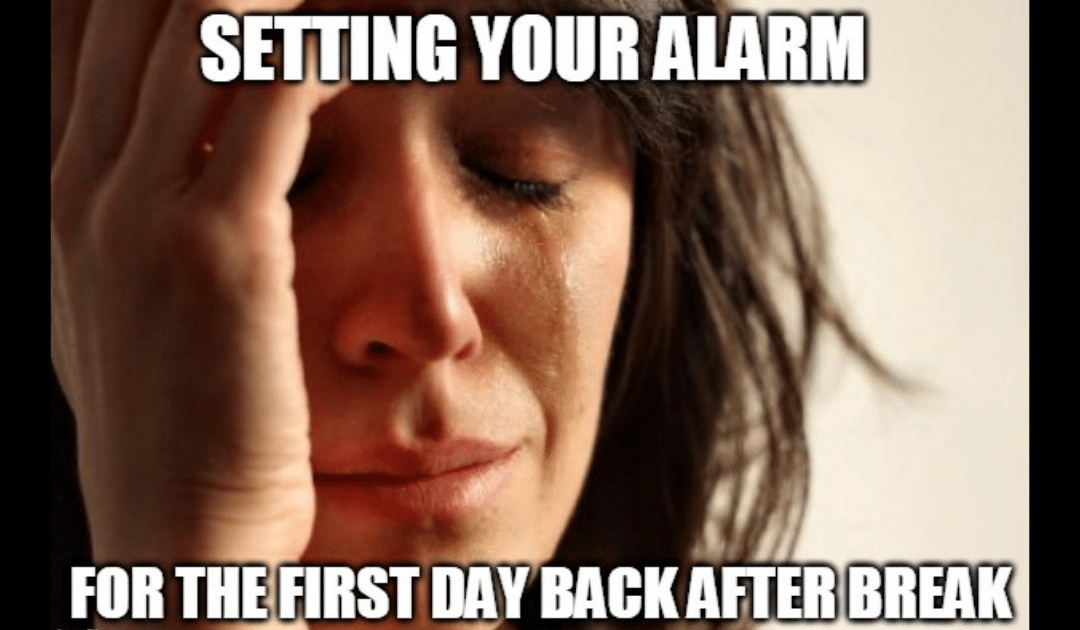
by California Casualty | Educators |
It’s that time of year again…. winter break is officially over.
Sure, there is nothing better than seeing your students faces after a few weeks away from each other; but let’s be real, it feels so good to be able to lay around in your PJ’s all day and not do anything besides binge TV shows you haven’t had the time to keep up with. And did we mention eat and go to the bathroom whenever you want?
If you are reluctantly getting back into your normal routine this week, take a peek at these totally relatable and equally hilarious memes that prove other educators are having the same struggle.
When reality starts to set in:
Walking into school like:
And how we’re feeling currently:
And finally, a little motivation we could all use:
This article is furnished by California Casualty. We do not own the right to any of the photos in this post. California Casualty has been providing auto and home insurance to educators, law enforcement officers, firefighters, and nurses. Get a quote at 1.866.704.8614 or www.calcas.com.

by California Casualty | Educators |
Congratulations on surviving another semester of pandemic schooling, which could be considered enough stress for an entire school-year itself. You’re now savoring the last of your winter break and some hard-earned R&R. But the mornings are dark; it’s cold and snowy (or wet) outside. Chances are, you’re not itching to get back to early morning zoom classes!
Motivation at the peak of winter takes a hit every year. Here are some tips to fire up your and your students’ motivation to get through these last winter months with renewed energy and focus.
For Teachers
1. Start and end the day with joy – Bookending your day with little pleasures – anything that brings a smile – can help your mindset for the whole day. This could be as simple as using a beautiful, high-quality planner, sipping your morning coffee from a favorite mug, or setting photos of family and friends in view. Or it could be taking a daily walk to connect with nature, keeping a gratitude journal, or any other little ritual that brings joy.
2. Know that you’ve got this – Take a moment and look back at how you met and rose to the challenge of 2020. Taking time to acknowledge your achievements and resiliency can help you find the motivation to forge ahead into 2021. Having confidence in yourself will help fortify you when overwhelm creeps up from time to time.
3. Practice self-care – We all know the drill about airplane masks: Take care of yourself first, or else you won’t be able to help others. List out the things that replenish and energize you, and then take steps to prioritize those in your week. Maybe it’s reading, hiking, or connecting with friends. Tending to your own health and well-being will have a spillover effect of being a better teacher.
4. Communicate with your administrators – Your administrators are there to support you, so ask for assistance when you need it. Use clear communications to let them know about challenges or workload issues – and remember that just like at every other school in the nation, pandemic-era education is a work in progress. Patience and open communications are some of the best tools for thriving amid the challenges.
5. Remember why you’re doing this – At the end of the day, it’s about the kids. When overwhelm and stress threaten to overtake you, try to reconnect with the reason you became a teacher in the first place. Acknowledge it’s not easy and everyone’s doing the best they can. Compassion – for yourself and your students – goes a long way.
6. Pace yourself – Sometimes, having the finish line in sight helps with the final push. Put up a calendar and mark the days until spring break. You’re only a couple of months away – you can do it!
Helping Your Students
7. Share your experience – By acknowledging with your students that everyone’s been having a hard time, it gives them permission to feel their feelings. By sharing any struggles you yourself have had, they’re likely to feel less alone, ashamed, or self-critical.
8. Be optimistic – Optimism is contagious. The more positivity and optimism you bring to the classroom, the greater the chance it’ll rub off on your students. It may well help buoy them and ignite their natural resilience. Remind them that there’s a light at the end of the tunnel – spring break is around the corner!
9. Encourage kids to designate a cheerleader or two – If kids surround themselves with people who encourage and support them, they’ll get through this year with a lighter mental load. Encourage them to find a few people in their life whom they can check in with on their successes and struggles. Support and community are more important than ever right now.
10. Make this crazy time a learning experience – No matter their age, kids will take away life lessons from this pandemic year. By framing this year as a challenge that you all tackled and surmounted together, they’ll gain lessons on resilience, community, and collaboration that will serve them for years to come.
11. Celebrate successes – Celebrating students’ successes – whether those are individual or collective – will be extra meaningful this year. Recognizing their hard work and achievements will help them feel seen and acknowledged. Successes can be academic, behavioral, or something you see in their personal growth.
12. Make it fun – Find simple ways to give your students a lift as they return from winter break. This might mean sending welcome-back messages or scheduling something fun for them to look forward to, such as a competition or creative group project. Infusing passion and creativity into their lessons and subject matter will go a long way towards engagement.
Finding motivation (this year especially) to get through the rest of winter might take every ounce of energy you’ve got – but in the end, you may just end up being surprised by your own strength and resilience.
This article is furnished by California Casualty, providing auto and home insurance to educators, law enforcement officers, firefighters, and nurses. Get a quote at 1.866.704.8614 or www.calcas.com.
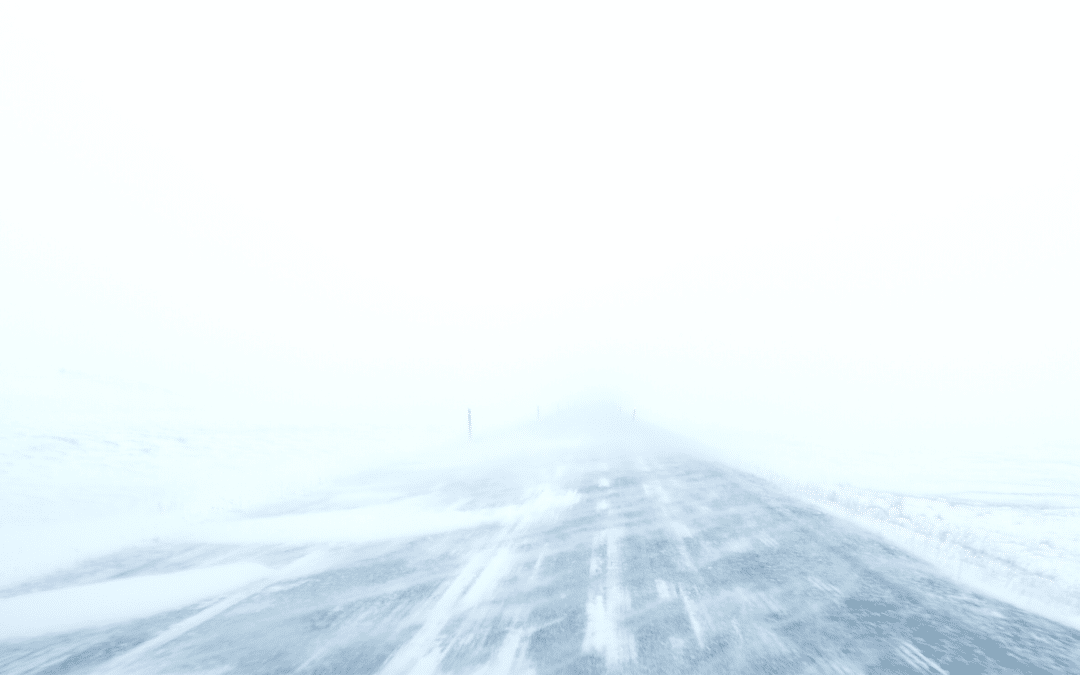
by California Casualty | Auto Insurance Info, Safety |
There’s never a good time for severe weather to hit, but among the worst is when you’re on the road. A sudden snowstorm can quickly impair your visibility, make road conditions extremely dangerous, and affect how your car handles.
Stay safe on wintertime roads with these tips for driving in snow, whiteouts, and on ice.

First, some general winter-weather rules of thumb
The below apply to all bad weather driving scenarios.
-
- Make sure your tires have plenty of tread before winter weather hits – or better yet, install winter tires.
- Check the weather before you leave the house; if it’s too bad, wait it out.
- Clear all snow, ice, and dirt from windows, windshield, brakes, and all other lights before leaving your driveway.
- Drive slowly the entire time while on the road (the more dangerous conditions, the slower).
- Drive smoothly, avoiding sudden movements on the steering wheel, brakes, and control panels.

Driving in Snow
The quality of snow in a snowstorm can vary widely, depending on wind speed and direction, moisture levels and more. The snow might be slushy or dry, sparse or voluminous, and it might be falling straight down or at a sharp angle. All of these variables affect how you should proceed on the road, but the following will keep you safer across many conditions.
-
- Go slow – Increase your following distance to at least 8-10 seconds.
- Be hyper-aware of your surroundings – Vigilance on the road will help you avoid snow dangers and also spot (and get out of the way of) out-of-control drivers who are sliding your way.
- Don’t use cruise control – It’s important that you’re paying close attention and that you’re able to react to road conditions quickly.
- Use your headlights – Make sure your headlights are on (no matter the time of day), and that they’re on dim and not high. This will help your visibility and also help other drivers see you.
- Adjust how you brake – If you’re coming up on a stop sign or signal, come to a stop slowly (that extra following distance comes in handy here). Don’t slam on your brakes, as this can put you into a skid. If you have anti-lock or ABS brakes make sure you’re comfortable with how they work in all weather conditions, including snow.
- Know when and how to stop – Don’t stop if you don’t have to (starting again can be dangerous and difficult), and never stop on a hill. If you must stop, remember it takes vehicles longer to come to a stop in snowy conditions.
- Drive in the tracks of the car in front of you – This will make it easier to control your vehicle.
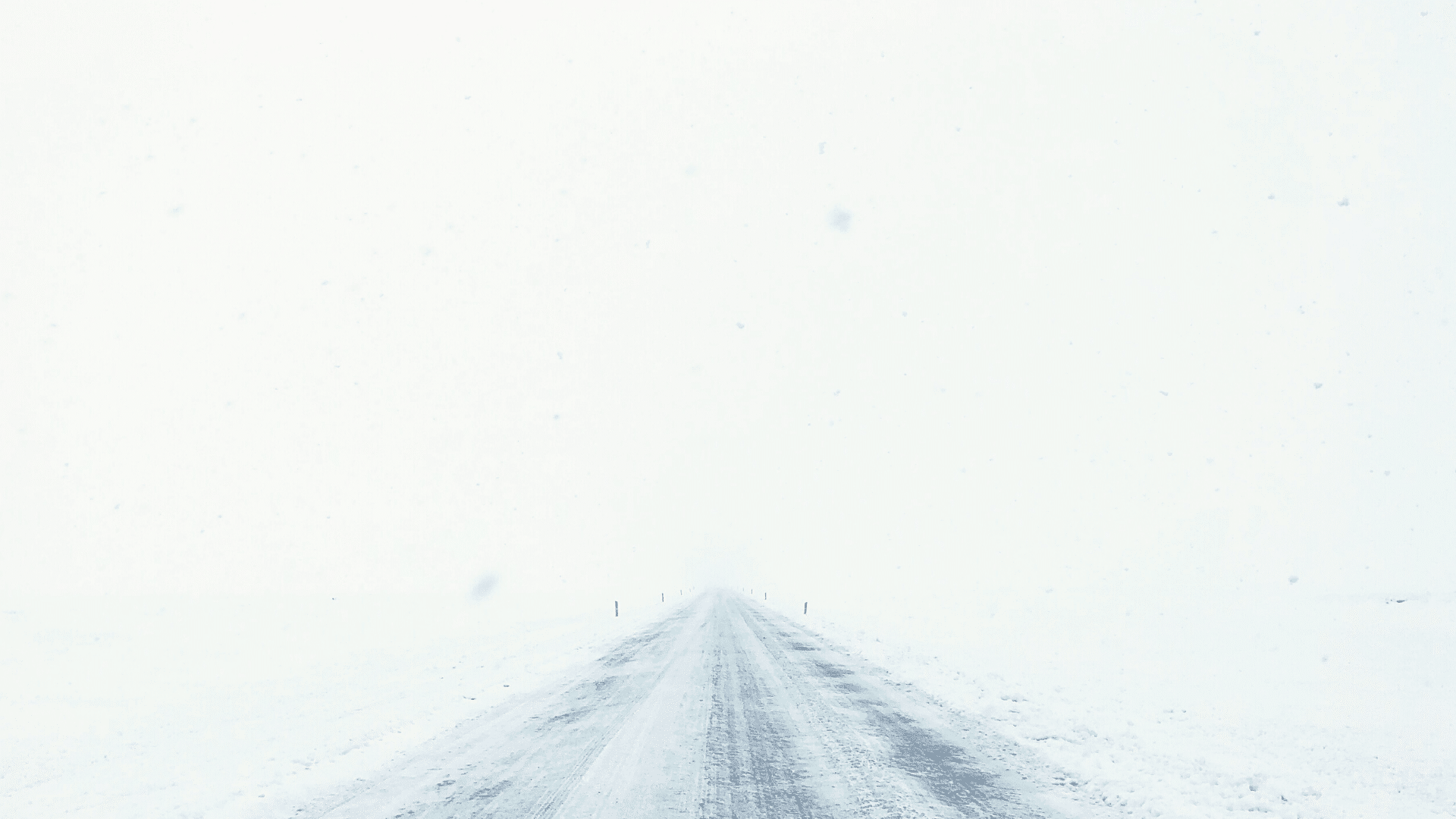
Driving in Whiteout Conditions
Whiteouts may be one of the most dangerous of snowy conditions. Here’s how to handle it if you find yourself in one.
-
- Remain calm – This is harder said than done but trying to remain calm will help you avoid over-reacting or making poor decisions.
- Slow WAY down – The most dangerous thing about a whiteout is the sudden loss of visibility. Slowing down will give you time to see what other drivers are doing and have time to react if an accident or other emergency happens right in front of you.
- Make yourself visible to other drivers – Just as you can’t see other drivers, they can’t see you. Make yourself as visible as possible by turning on your headlights (fog lights are best if you have them), and perhaps even your hazards. You can even use hand signals out the window if you need to.
- Wait out the whiteout – If visibility drops to zero and you feel unsafe, look to the nearest exit and pull off. From there, find a shoulder to pull over on. If there are no exits on your stretch of highway, pull to the side of the road, turn on your hazards, and wait out the storm.

Driving in Ice
Besides the snow you can see, there may be ice that you can’t. Notoriously hard to see, black ice acts as a glaze that coats surfaces and makes them extremely slippery and dangerous. When driving, you’ll want to be on the lookout – and ready – for it on all roads, but especially bridges, overpasses, tunnels, roads beneath overpasses, and at the bottom of hills. Check out our tips for spotting and safely negotiating black ice here.
When it comes to the downsides of winter, hazardous driving situations are among the top. But between staying off the road when possible, and taking precautions when you do have to drive, you can keep yourself, your family, and other drivers safer.
This article is furnished by California Casualty, providing auto and home insurance to educators, law enforcement officers, firefighters, and nurses. Get a quote at 1.866.704.8614 or www.calcas.com.




